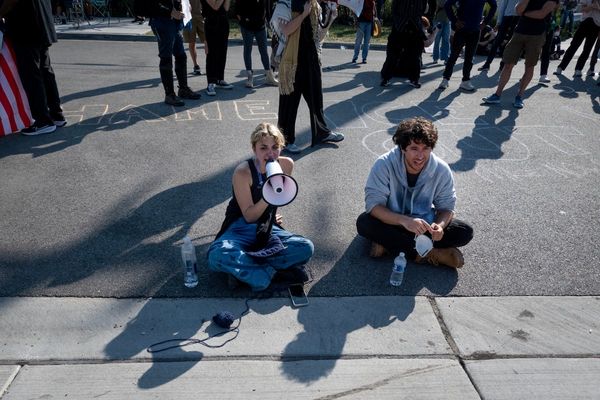Top-rated growth stocks look a lot alike in the early stages of a new stock market uptrend.
They're usually firing on all cylinders in terms of fundamentals. They're also the top price performers in their respective industry groups. On a daily chart, top stocks often come down to their 50-day moving average and find support. On a weekly chart, the 10-week line is where buyers will often come in and offer support.
But in the early stages of a stock market uptrend, the big leaders don't make it down to their 50-day or 10-week lines. Instead, they pull back to a shorter-term support level like the 21-day exponential moving average and find support. If it's abundantly clear the stock is finding support — instead of just testing the line — it's an area where some might consider increasing a position by a small amount.
By the same token, if a top performer loses support at the 21-day line, it's an area where some might decide to lock in partial profits. If it's a decisive break in heavy volume, some investors might cut ties with the stock completely.
The default moving averages on IBD MarketSurge charts are the 50- and 200-day lines. But users can add short-term moving averages like the 21-day line by clicking the wrench icon in the top right of the chart. After that scroll down to the Custom Chart Elements section.
Riding The 21-Day Line Higher
The accompanying table shows a list of some stock market leaders that have ridden their 21-day lines higher for some time now.
In the aerospace and defense group, Heico is near the top of a short consolidation after finding support at its 21-day line. Leaderboard stock DoorDash, meanwhile, looked like it was ready to form a flat base while it held support at the 21-day line. But the stock just hit an all-time high ahead of its Aug. 6 earnings report.
The 21-day line is also important to use when analyzing the health of the Nasdaq composite and S&P 500. The 21-day line has been a support level for the Nasdaq since the April 22 follow-through day. The index found support at the line on April 30, then rallied sharply off lows after coming close to a test of the line on June 23.
The S&P 500 also tested its 21-day line and found support on April 30. It came very close to another test on May 23, then tested the line again on June 23. The first potential headwind for the latest stock market rally would be when both indexes breach their 21-day lines with conviction.
Follow Ken Shreve on X @IBD_KShreve for more stock market analysis and insight.







